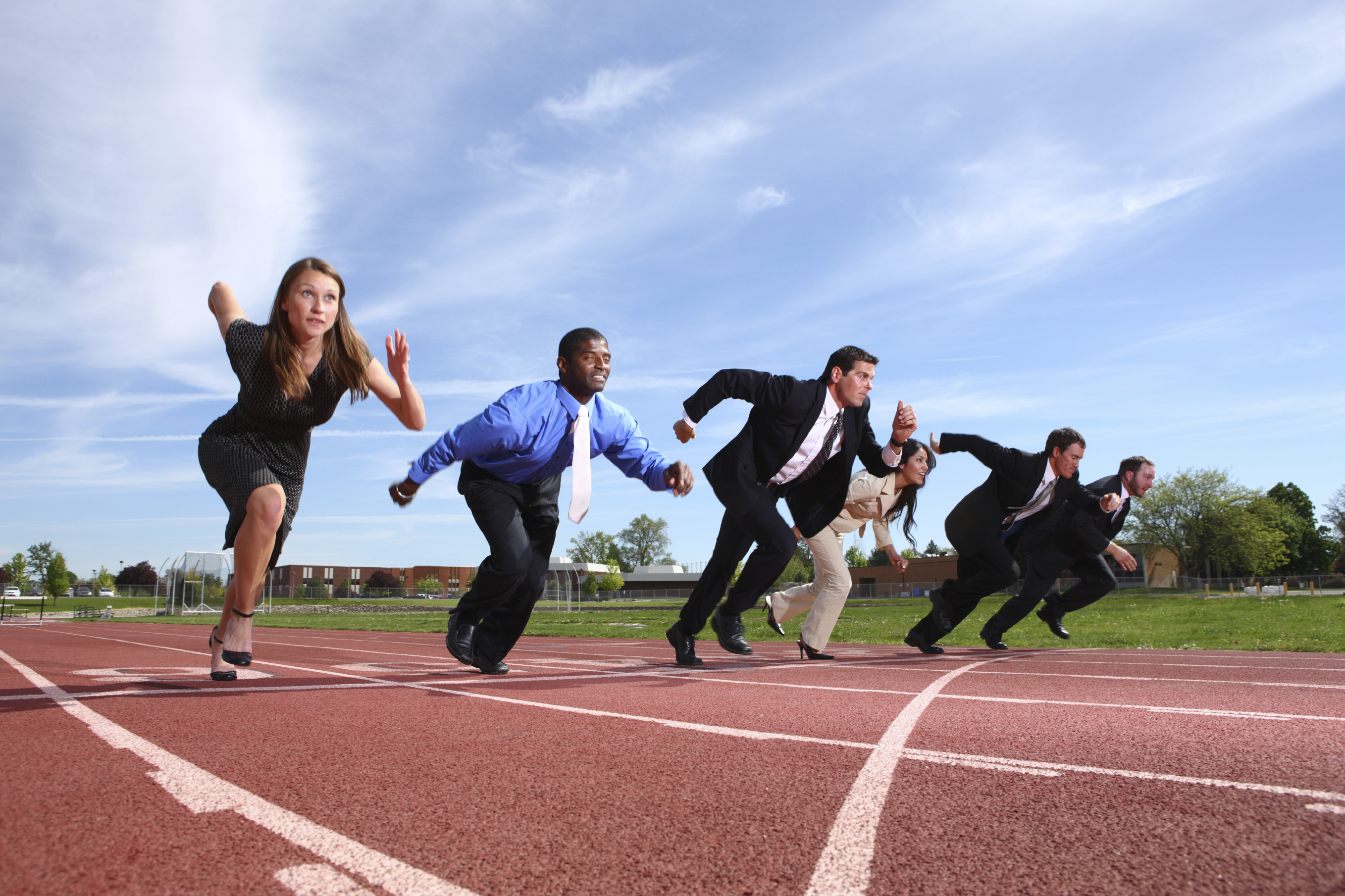
22 Feb What we can learn from sport
In terms of corporate wellness there is much that can be learned from sports science; in particular, the training regime that top coaches employ when they are responsible for training elite athletes. The objective is to achieve the right balance between imposing adequate levels of stress while avoiding overtraining, and the key to achieving this is to allow adequate recovery between training sessions.
Getting this right is harder than it might appear. First we will dig a little deeper and then see how we might apply these concepts in the work place.
Sports training
A key concept in sports training is control of the recovery–stress cycle. Effective recovery from increasing levels of stress has a huge impact on sporting success. Properly handled, both the quantity and quality of training can be optimized, but achieving the right balance is challenging. When it goes wrong the impact can be devastating for the athlete, resulting in overtraining, fatigue, physical and psychological injury, burnout and long-term illness.
Common symptoms that have been identified as a result of overtraining include:
- Depression and apathy
- Reduced self-esteem and emotional instability
- Reduced levels of performance
- Disturbed sleep patterns, restlessness and irritability
- Loss of appetite and weight loss
- Increased resting heart rate
- Vulnerability to injuries and infections
- Hormonal changes
- Failure to improve fitness level (no supercompensation)
The line between high training loads and excessive training loads is often a fine one. Essentially, overtraining can only be avoided when athletes are allowed to properly recover, so it is important to assess physiological and psychological recovery as part of the training strategy.
Another important concept is super compensation. This is the part of the training cycle that occurs following recovery; it is when the fitness level improves, or at least should improve, to beyond the level that existed prior to undertaking training. Ideally the rest periods between training sessions should be such that the next training session coincides with the super compensation following the previous one.
Clearly accurate monitoring is needed if overload and inadequate recovery are to be avoided. Such monitoring can involve both subjective and objective measures, for instance self-assessment of recovery state as perceived by the athlete along with the monitoring of physiological systems. For the former there is a wide range of alternative psychometric tests that can be employed, while the latter can include blood analysis, lactate monitoring, heart rate variation, and other physiological markers.
So what is optimal recovery? Recovery has many elements. These include the time that is allowed for it to take place, the type and intensity of the stress, the individual, and whether the recovery is passive needing simple rest, or active. It also depends on the prevailing life circumstances. Many studies on monitoring and modeling recovery have been undertaken, and it is still an ongoing field (Montse C et al, 2015).
Application to Workplace Wellness
While the training of elite athletes might seem a little esoteric, there are many parallels between the training methodologies used and workplace wellness. Work is stressful, and we need to recover from that stress before we take on more. If we don’t allow for adequate recovery, continual stress will gradually wear us down, and we will be in danger of manifesting many of the problems experienced by over-trained athletes. We will suffer both mentally and physically, we will be prone to illnesses, take more time off work, and our levels of productivity will fall.
To control this, we need to first recognize and identify the activities that employees find stressful, and do what we can to reduce the levels of stress experienced. While there are many stressors that can generally be improved, clearly we can go only so far along this route. As we said, work is stressful and a reasonable level of stress is good for us.
Next we should help people understand how they can recover in a better way, perhaps by helping them improve their sleep quality and identifying other means of recovery. We can also encourage them to take more exercise of the right kind and at the right level; encourage them to improve their diet, and to live a healthier lifestyle.
A properly implemented workplace wellness program will deliver all of these and more. While investing in such a program will cost some money, the potential returns will save more money in the long term with improvements in productivity, improved moral, reduced sickness, and lower health care bills.
References
Montse R, Raglin & Hanin Y, 2015, The individual zones of optimal functioning (IZOF) model (1978–2014): Historical overview of its development and use., International Journal of Sport and Exercise Psychology, http://www.tandfonline.com/doi/abs/10.1080/1612197X.2015.1041545

No Comments